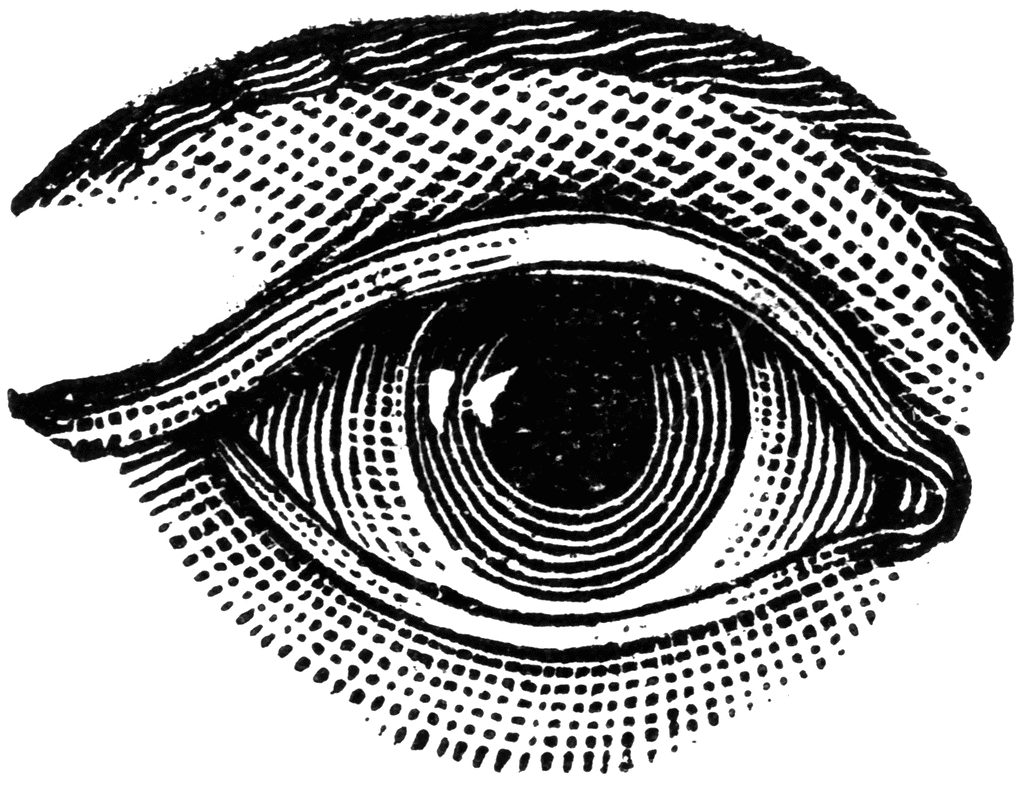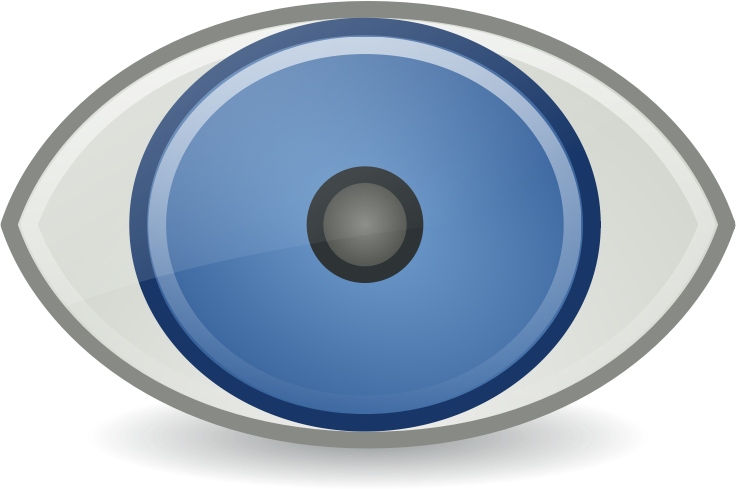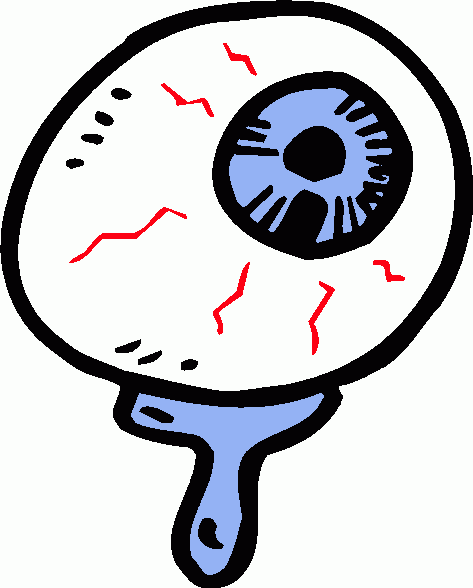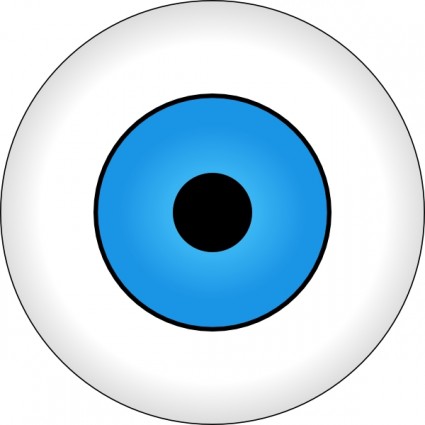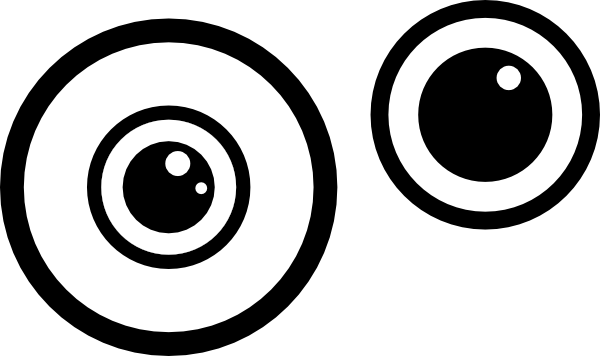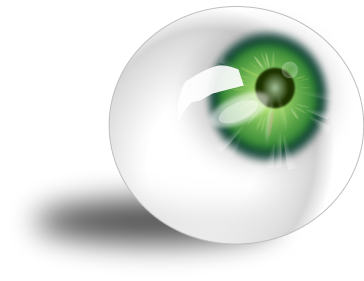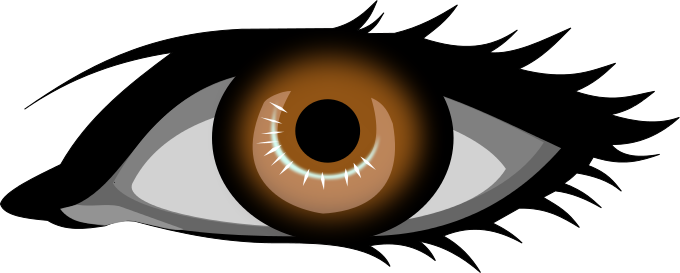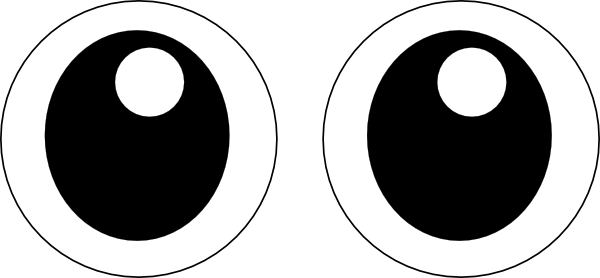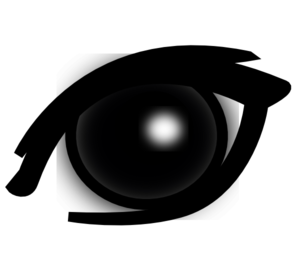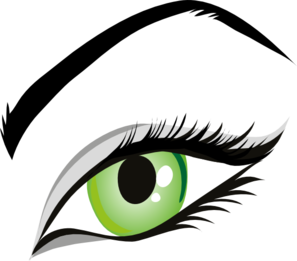Eyeball Clipart
The complex human eye functions like a spherical camera converting light stimuli into electrochemical signals transmitted to the visual cortex region of the brain, which forms perceived images allowing us to see the world with color, depth and detail. The visible outer layer contains the clear cornea surfaced by tear film plus the iris pigmented section giving eye color. Behind lies the flexible focusing lens which changes shape to focus images on the retina lining filled with light-sensing cells and nerve fibers bundling into the optic nerve carrying visual information into the brain for processing.
Eye Movement
Six extraocular muscles attaching the eye to the skull precisely coordinate eye rotations. This allows the visual axis to scan the environment through rapid shifts and fixations known as saccades, aided by lubricating blinks which also help clear dust and spread tears. Gaze mechanisms facilitate critical practices like reading, driving vehicles or hitting baseballs!
Vision Processing
Light entering the pupil lands on the curved retina, an inner eye layer containing over 100 million specialized photoreceptor cells called rods and cones that convert photons into electrical signals sent via the optic nerve to the primary visual cortex located in brain occipital lobes. Here, millions of neurons automatically translate action potentials from photoreceptors into conscious perception of color, edges, motion, depth allowing us to make visual sense of the world!
Common Eye Disorders
While resilient organs, lifetime use leaves eyes vulnerable to deteriorations requiring correction like:
- Nearsightedness – Blurred distance vision when light focuses incorrectly
- Farsightedness – Blurred near vision from improper lens shaping
- Astigmatism – Distorted vision from irregularly curved corneas
- Cataracts – Clouded lenses obstructing light transmission
- Glaucoma – Fluid buildup damaging optic nerves
Eye Safety Tips
We rely profoundly on healthy vision, making eye protection critically vital through tactics like:
- Wearing UV blocking sunglasses outside
- Limiting screen time strains from mobile devices/computers
- Checking illumination and monitor heights to minimize dryness andsquinting
- Getting annual optometry checkups to catch deterioration issues early
Cultural Symbolism of Eyes
Expressions like “windows to the soul” capture cultural obsession with eyes revealing inner truths. Literary metaphors reference vision: cataract blindness in King Lear, ulraviolent perception in Invisible Man. The omniscient “Eye of Providence” watches humanity in iconography through millennia from Ancient Egypt’s wedjat to Masonic pyramid symbols to the American dollar bill!
Eyes in Art History
Depicting convincing illusions of three-dimensional perceptions on flat canvases required mastering anatomical formations and optical perspectives from stylized Egyptian profiles to photorealistic late Renaissance sfumato techniques. Visionary tools like camera obscura projection aided naturalistic progress. Anatomists like Leonardo da Vinci dissected eye structures documenting characteristics later examined by Seurat’s Pointillism. Picasso’s fracturing had Cubists piercing through superficial retinal impressions directly into multidimensional realities!
Clipart Depictions
Vector eye graphics distill elements recognizable across styles from cartoon simplicity of concentric circles shades denoting iris colors ringed by thick lashes to uncanny human eye photos cropped stark upon void backgrounds. Motion variations feature blink cycles and directional glancing. Symbolic motifs incorporate heavenly beams or hearts. And novelty peepers get donned by animals or machines!
Vision Technologies
Optometry solutions rectify frequent flaws through prescription lenses bending light rays correctly onto retinas again. Laser surgeries reshape corneas to prevent nearsighted blurring. Retina display screens project gridded light matrices readable up close by recipient cells. Bionic prototypes go further with artificial silicon retinas and pupil projectors promising restored sight to the blind through bioelectronic visual cortex stimulation!
Idioms Related to Eyes
Linguistic clues remind that eyes don’t just receive inputs enabling mobility and survival but also project character outputs. We must vigilantly “keep an eye out” for threats within awareness limits but also hide what public “eyes should not see” behind bedroom doors. Though “beauty is in the eye of the beholder” we dismiss unpleasant “eyesores”. And optimists note “the eyes are bigger than the belly” since we bite off more than we can actually chew!
So whether casually “making eyes” at attractive strangers or intensely scrutinizing renaissance painting brush stroke techniques, those glistening organic spheres enlighten reality through so much more than mere photoreceptor inputs and brain computations!
In this page clipartix present 79 eyeball clipart images free for designing activities. Lets download Eyeball Clipart that you want to use for works or personal uses.









